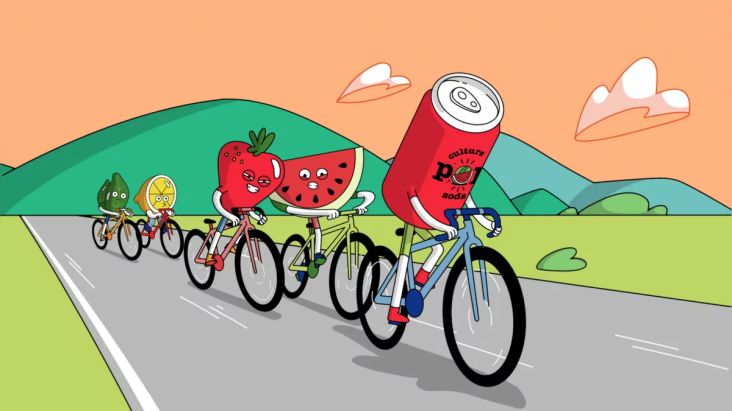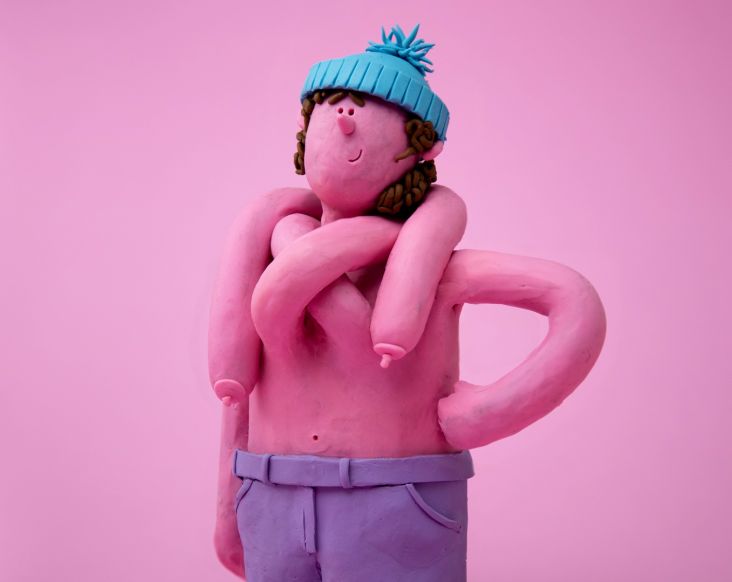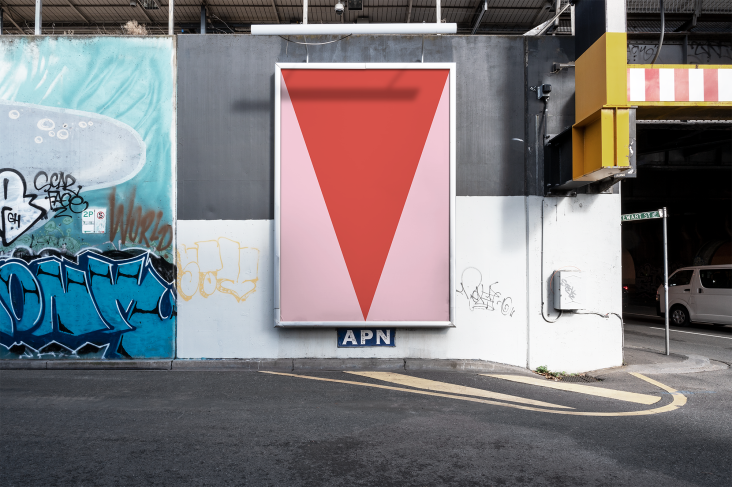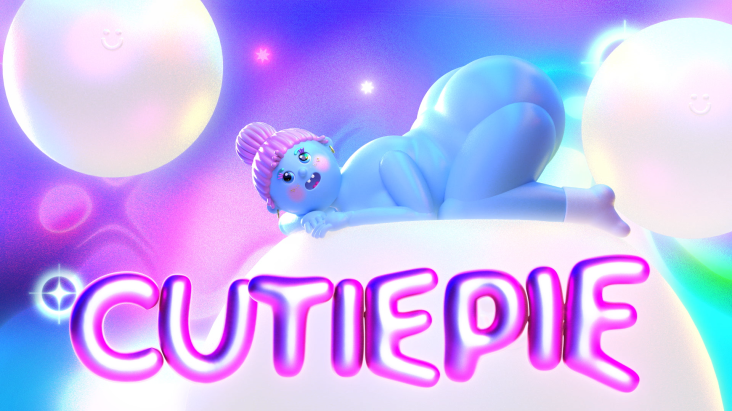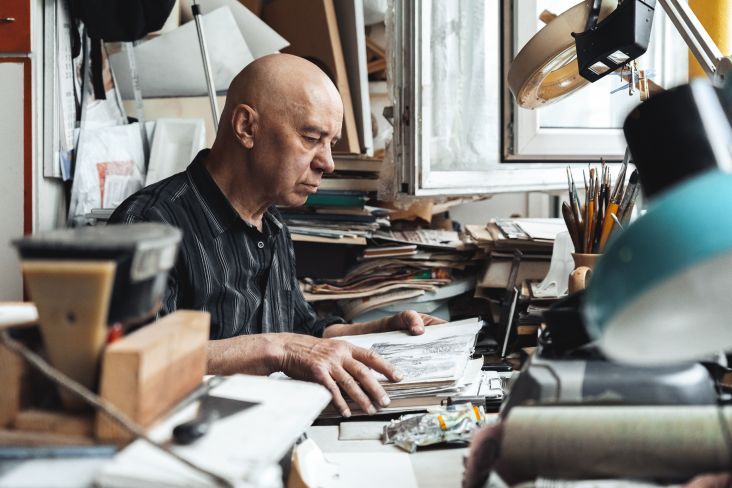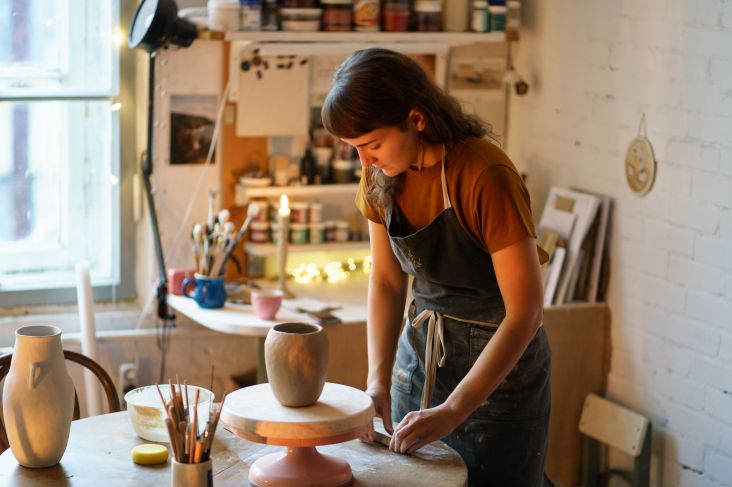AI and Design Education: how students are incorporating AI tools into their work
Shillington's flexible, intensive design courses are bringing AI into some of its curriculum to stay ahead of the curve. We explore how Shillington sees AI not as replacing designers but as enhancing their work and creativity.
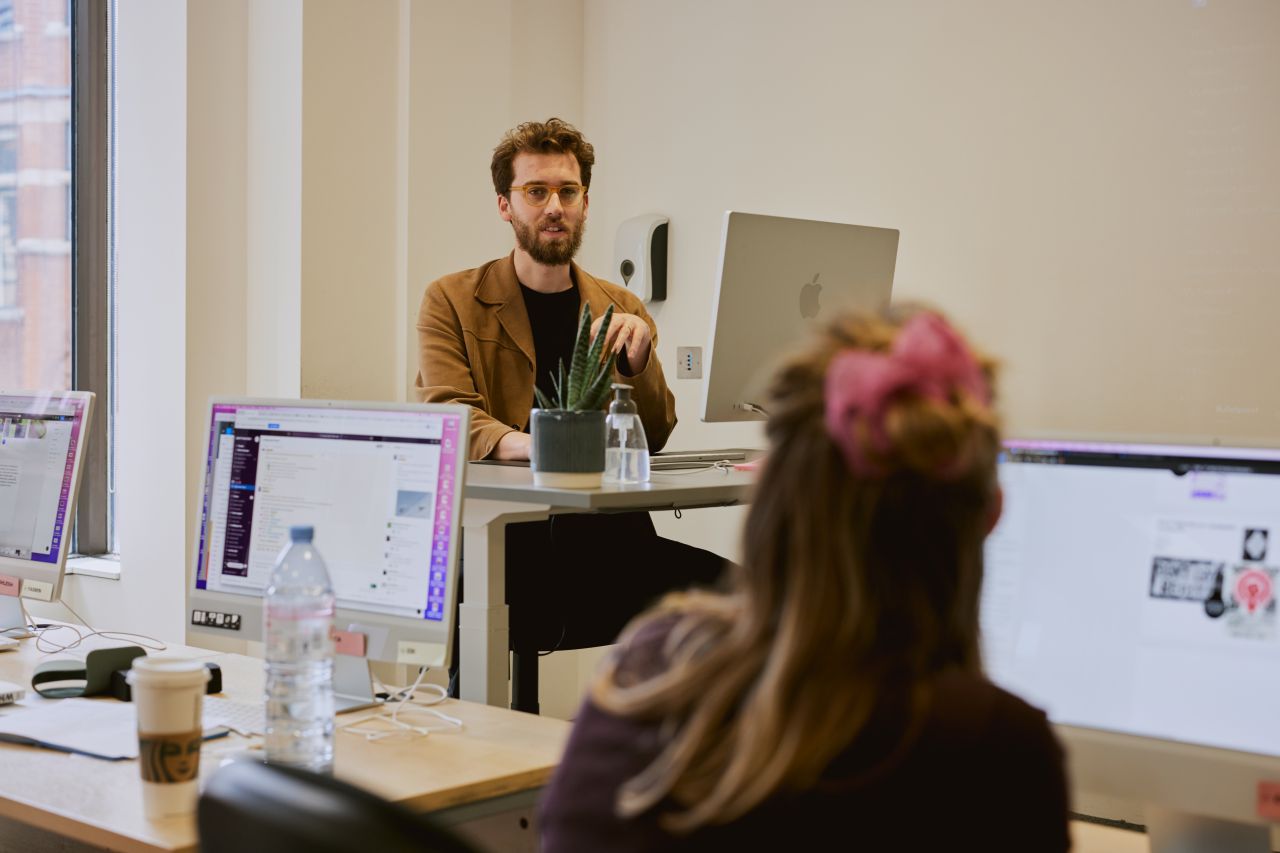
Image courtesy of Shillington
For 26 years now, Shillington has been providing a more flexible and affordable route into the design industry than the traditional university degree. Because Shillington's courses combine design theory with practical design work, in a studio-like environment and to realistic deadlines, you'll have an interview-ready portfolio in much less time: either three months full-time or nine months part-time.
That will save you time and money, but there's another advantage to Shillington's short courses that we don't often talk about as much.
Universities are typically slow-moving bureaucracies, so it tends to take years to update curricula, a bit like turning around a tanker. That means the content of a traditional design degree typically lags behind what's happening in the world outside.
Shillington, in contrast, can update and adapt the focus of its courses quickly and efficiently. It has a dedicated content team in charge of such a task. And because it draws its teaching staff from real-world, working designers, it knows exactly what needs to be included daily.
That's always been the case since Shillington was first founded in 1997. But it's probably never been as important as today when AI is reshaping the design industry in dramatic and fundamental ways.
Read on to discover how Shillington is bringing AI into its courses, which can be taken either online or at its physical campuses in New York and London, and how they can help students survive what promises to be a tumultuous decade for the design industry.
How AI is changing design
You can't have failed to notice how AI is changing everything right now. Search giants like Bing and Google are shifting from providing links to fully formed answers. AI music is aping pop stars like Drake and The Beatles. New film-making tools like Runway allow people to edit videos purely through text prompts.
And the field of design is no exception to this sweeping movement.
No, you can't create a full design from start to finish just from a text prompt. But you can incorporate the best AI tools into your workflow in order to cut out mindless, repetitive tasks, giving you more time and energy to be truly creative. And indeed, many studios are doing exactly that already.
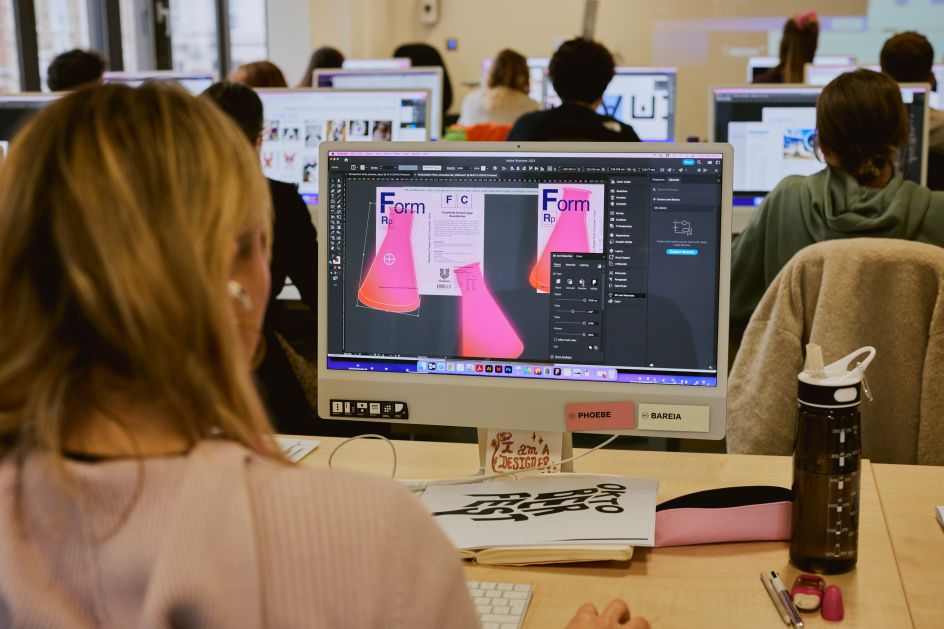
Image courtesy of Shillington
Shillington aims to be at the forefront of this movement by equipping its students with the skills and knowledge to navigate the intersection of AI and design. Because Shillington doesn't see AI as replacing human creativity but rather recognises its value as a tool to aid in the design process.
By integrating AI tools into its curriculum, the college aims to empower its students to leverage these technologies to their advantage. Their emphasis is firmly on the creative and design thinking aspect of AI, focusing on how it can be harnessed by professional graphic designers to make their work better.
Indeed, it's essentially been doing the same thing for the last 26 years. For example, Shillington was at the forefront of adapting design tools like Figma when they first emerged. The focus then, as now, was on reducing the amount of repetitive work in design and allowing students to focus more effort on being creative.
The latest tools
One of the AI tools incorporated into the curriculum is ChatGPT, a language model developed by OpenAI. This is used at Shillington to help students with basic ideation and storytelling, assisting in tasks such as word association, copywriting, crafting magazine content and articles, and creating brand stories. By incorporating ChatGPT into their workflow, Shillington students can expand their creative thinking process and explore new avenues for ideation.
Shillington is also encouraging its students to use AI to create mockups, a practice that's already common in design studios today. And so they will incorporate Seamless Studio, an AI tool for creating high-quality mockups, into their curriculum. They're also using Genius by Diagram, a new facility inside the design tool Figma that helps to streamline repetitive tasks and free up more time for creativity. From Shillington's perspective, automating mundane design tasks this way isn't "cheating"; it's simply a way that students can focus on higher-level thinking and problem-solving.
In other words, Shillington's approach to AI is centred around using it as a supportive tool rather than relying on it for the final creation of design work. From a moral, creative and legal standpoint, it's crucial to maintain the human touch in design and view AI as an aid rather than a replacement for human creativity. And, of course, there are potential concerns around brand reputation when designers solely rely on AI-generated designs. Shillington actively reinforces this perspective in its curriculum, encouraging students to use AI tools as inspiration and guidance only.
And as things continue to change, Shillington will stay ahead of the curve. "We are always reviewing updates," says Global Course Content Creator Nick Smith. "For example, Photoshop has recently released new huge updates, so we're now assessing that and potentially placing it into the course and replacing brand new content. Likewise, with Adobe Firefly, we'll assess that and then rework the content accordingly. It's an ever-changing field! The continuing arrival of new platforms and functions means we constantly have to assess how we can fit them into our course alongside our brand new content and briefs."
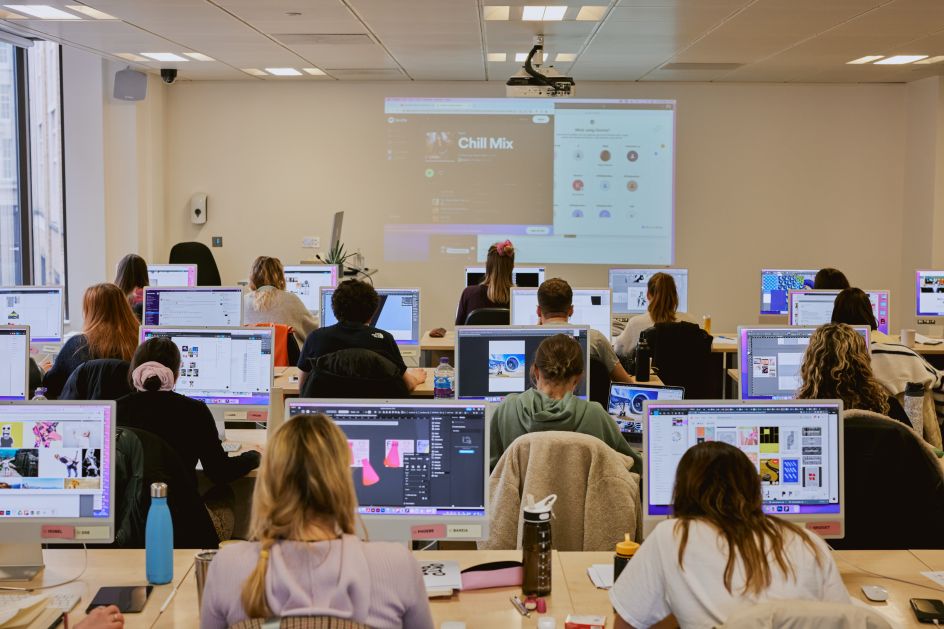
Image courtesy of Shillington
Real-world uses
An early example of a student's project that was made using AI, and before Shillington introduced any AI to its course, is Clementine, a robotic geometric display typeface by Matt Ledwold. "I used ChatGPT in the ideation process when making both the font and the posters," Matt explains. "This really helped when I was stuck thinking of keywords for the project or making the synopsis of the video game posters because I was able to ask ChatGPT for prompts to use, such as 'give me a summary for a video game with a futuristic or robotic premise'.
And what's good for the goose is also good for the gander. "At Shillington, we're also using AI ourselves in our internal workings," says Nick. "For instance, we're using it to find best schedules for global campus collaboration and to manage workflows in the productivity app Notion."
Preparing for the future
By teaching AI skills this way, Shillington is well-positioned to prepare students for the future of design, where everyone expects AI to play an increasingly significant role. Yes, some jobs are likely to be lost in this disruptive AI revolution, but the vast majority of these will be boring, repetitive ones that no one ever really loved anyway.
In contrast, designers with a solid foundation in design principles, design thinking, and creative problem-solving are well-positioned to thrive in the next decade. Shillington has always focused on the importance of designers being able to solve complex business problems and provide a human perspective in design processes. And in a future dominated by AI, that will be more crucial than ever.
In a fast-changing world, Shillington plans to constantly evaluate all new tools and technologies to determine their usefulness for students the moment they come online. By staying informed and adaptable, the college will ensure that its students stay ahead of the curve, whatever new tech comes their way, and that they are fully prepared for the new world of design that's emerging right in front of our eyes.










](https://www.creativeboom.com/upload/articles/86/862919952c0ad18439004228895a431dc6e45ffc_732.jpg)





